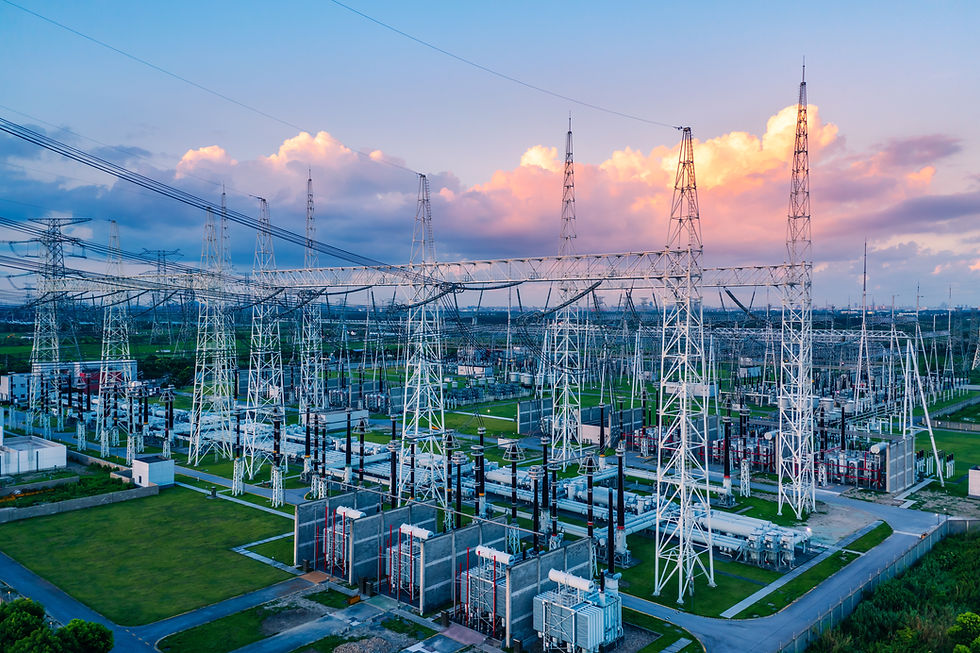
Candidate Challenges
Cultural and Mission Alignment
Workers want to be part of the climate solution, but they also seek fair pay, growth, and stability. Sorting which companies truly align with their values is a major challenge.
Unclear Career Pathways
Unlike legacy sectors, clean energy doesn’t yet have well-mapped career ladders. Candidates are uncertain how today’s job leads to tomorrow’s advancement.
Experience vs. Entry Barriers
Many positions call for “5+ years in clean energy” shutting out strong candidates from adjacent industries who could pivot with the right support.
Evolving Role Definitions
New technologies create roles faster than standardized job titles emerge. Candidates may not recognize where they fit or how their skills translate.
Fragmented Job Landscape
Clean energy roles are spread across startups, utilities, government programs, and global corporates. Candidates struggle to see the full picture of opportunities.
Hiring in Clean Energy
Crossover Hiring Needs
The best fit may come from outside clean energy- e.g., aerospace engineers into batteries, or oil & gas project managers into offshore wind. Assessing transferable skills is complex and risky for in-house teams.
Geographic Constraints
Projects are often in specific regions with less existing workforce density. Recruiting means convincing talent to relocate, or building new pipelines where talent is thin.
High Competition for Niche Roles
Grid engineers, storage specialists, and hydrogen experts are in short supply. These professionals are fielding multiple offers, driving up costs and elongating searches.
Race Against Policy Timelines
Federal and state incentives are tied to strict deadlines. Missing a milestone can mean losing grants, tax credits, or investor confidence, creating immense urgency in hiring.
Hybrid Skills Scarcity
Companies need people who can bridge engineering, data, policy, and finance. Few candidates check all boxes, so hiring often requires trade-offs or cross-sector recruitment.

Environmental Technology

We Can Help
Zero Surprise Onboarding
Smooth Ramp-Up in Novel, Hybrid Roles
Clean energy roles are often “firsts” - first grid AI hire, first hydrogen engineer, first policy-technical liaison. Our onboarding process reduces ramp-up friction, aligning expectations and equipping both sides for success in hybrid or newly defined positions.
Embedded Trust
Ensuring Long-Term Alignment in Shifting Landscapes
Technologies change, incentives shift, and strategies evolve. We stay engaged past placement to ensure cultural fit, resilience, and long-term performance.
Decision Confidence
Structured Evaluation With Confidence Scoring
Hiring under policy and investor pressure leaves no room for error. We equip decision-makers with structured evaluation tools and confidence scoring so you understand who’s qualified and where potential risks may lie before an offer is made.
Precision Targeting
Identify Adaptable, Cross-Disciplinary Leaders
The strongest candidates often come from outside clean energy and we specialize in spotting crossover potential. Whether it’s a project manager from oil & gas pivoting into offshore wind or a data scientist from fintech moving into predictive grid AI, we surface leaders who can adapt and scale.
Market Mapping
Evidence-Based Supply of Emerging Talent
The clean energy talent pool is fragmented across startups, legacy industries, and adjacent fields like aerospace or chemicals. Our mapping process creates a real-time view of where skills exist and how transferable they are, giving you data-driven pipelines.
Clarity First
Define Success Across Technical and Stakeholder Dimensions
In a sector where roles evolve faster than job descriptions, we start by building your Success Blueprint. We clarify what “great” looks like, balancing technical expertise, regulatory awareness, and stakeholder needs. This ensures every search begins with precision.